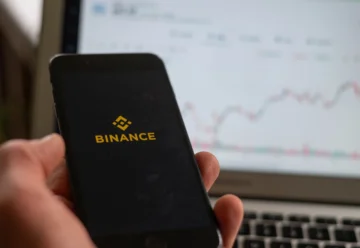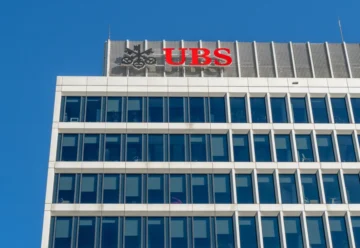Silicon Valley Bank Went Bankrupt

California’s financial regulator declared Silicon Valley Bank (SVB) insolvent and initiated bankruptcy proceedings.
The Department of Financial Protection and Innovation (DFPI) announced the shutdown of Silicon Valley Bank. The Federal Deposit Insurance Corporation (FDIC) was appointed to manage the bankruptcy proceedings. To protect depositors, the regulator created the Deposit Insurance National Bank of Santa Clara (DINB), where all insured deposits were transferred.
Depositors should have access to the insured funds on the morning of March 13. All 17 branches of the bank in California and Massachusetts will be open for that purpose. However, depositors whose funds remain uninsured will be certified to receive their refunds and dividends after the FDIC sells all of Silicon Valley Bank’s assets.
The auction to sell SVB’s assets began almost immediately after the regulator announced the bankruptcy of the bank. It was reported by Bloomberg with reference to its own sources, specifying that the FDIC plans to make a deal on transferring bank assets to the new owner before the beginning of the working day on Monday, March 13.
Along with it, speculators stepped up who buy out the rights for assets and indemnity certificates from depositors at low prices. For example, the Financial Times, citing various sources, reported that SVB customers are getting offers of 55 to 90 cents on the dollar. Ripple Ventures Founder Matt Cohen also mentioned the speculative terms offered by some lenders to refinance the affected companies.
According to a Castle Hill audit report removed almost immediately after publication, Silicon Valley Bank held over $6 billion related to venture capital funds investing in Web 3.0. Among the biggest contributors are:
- Andreessen Horowitz — $2.85 billion;
- Paradigm — $1.72 billion;
- Pantera Capital — $560 million.
However, the data presented by Castle Hall are derived from the documents of the U.S. Securities and Exchange Commission (SEC) and don’t take into account potential changes. Thus, representatives of Pantera Capital announced that they had no funds in the accounts of the bankrupt bank. The representatives of 125 VCs signed a statement in support of SVB in order to limit the impact of the bank’s collapse and the subsequent impact on tech companies. The signatories included Sequoia Capital and General Catalyst. The venture capitalists intend to support and encourage the resumption of banking relationships with Silicon Valley Bank by companies whose shares they own “in the event that SVB were to be purchased and appropriately capitalized.”
Recall that at the time of liquidation, Silicon Valley Bank was the 16th largest bank in the United States. According to the DFPI, the bank had total assets of more than $209 billion and total insured deposits of about $175.4 billion. The destabilization surrounding SVB is partly due to an earlier decision by Silvergate Bank management on “voluntary liquidation” and the following processes.











